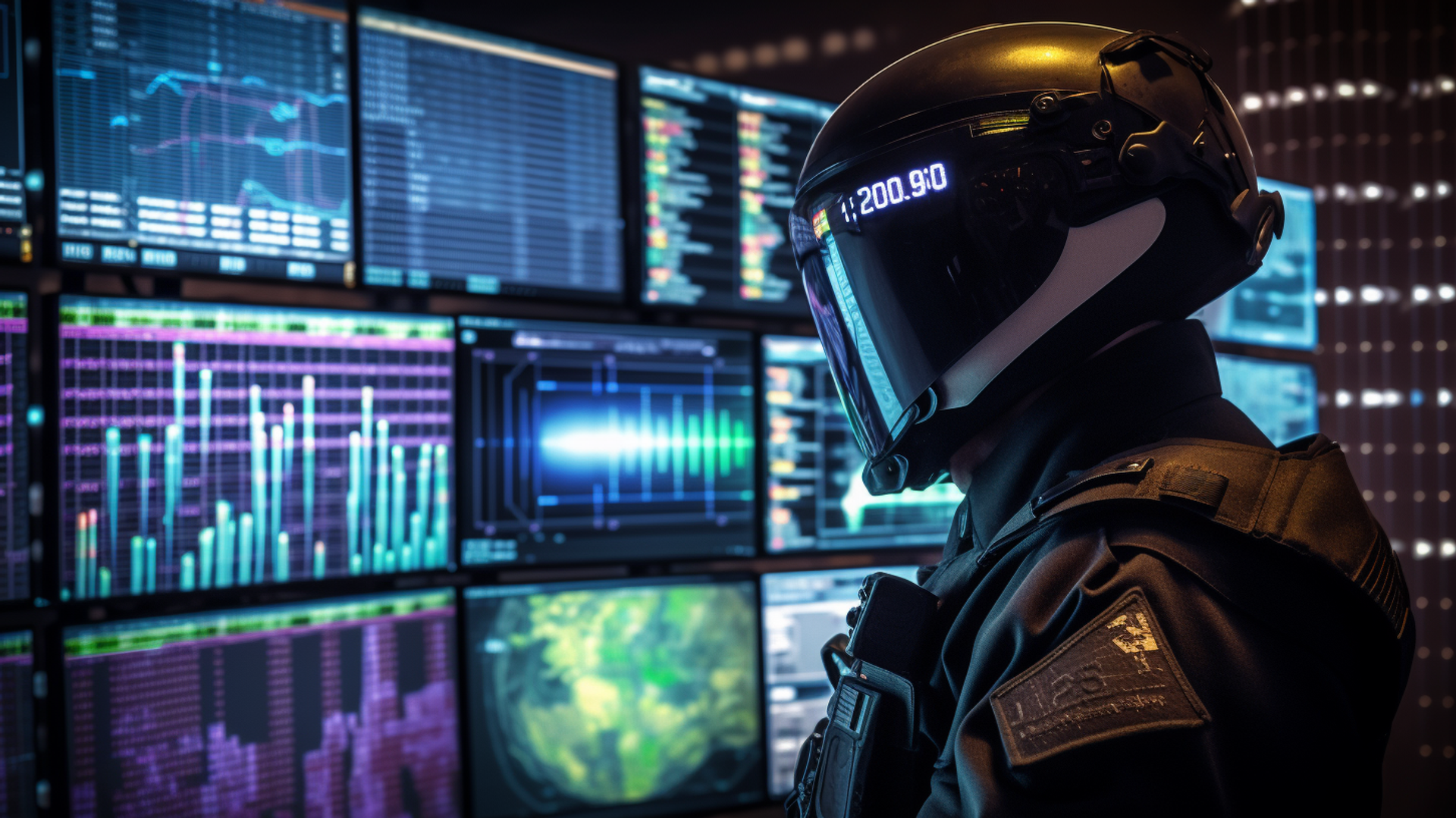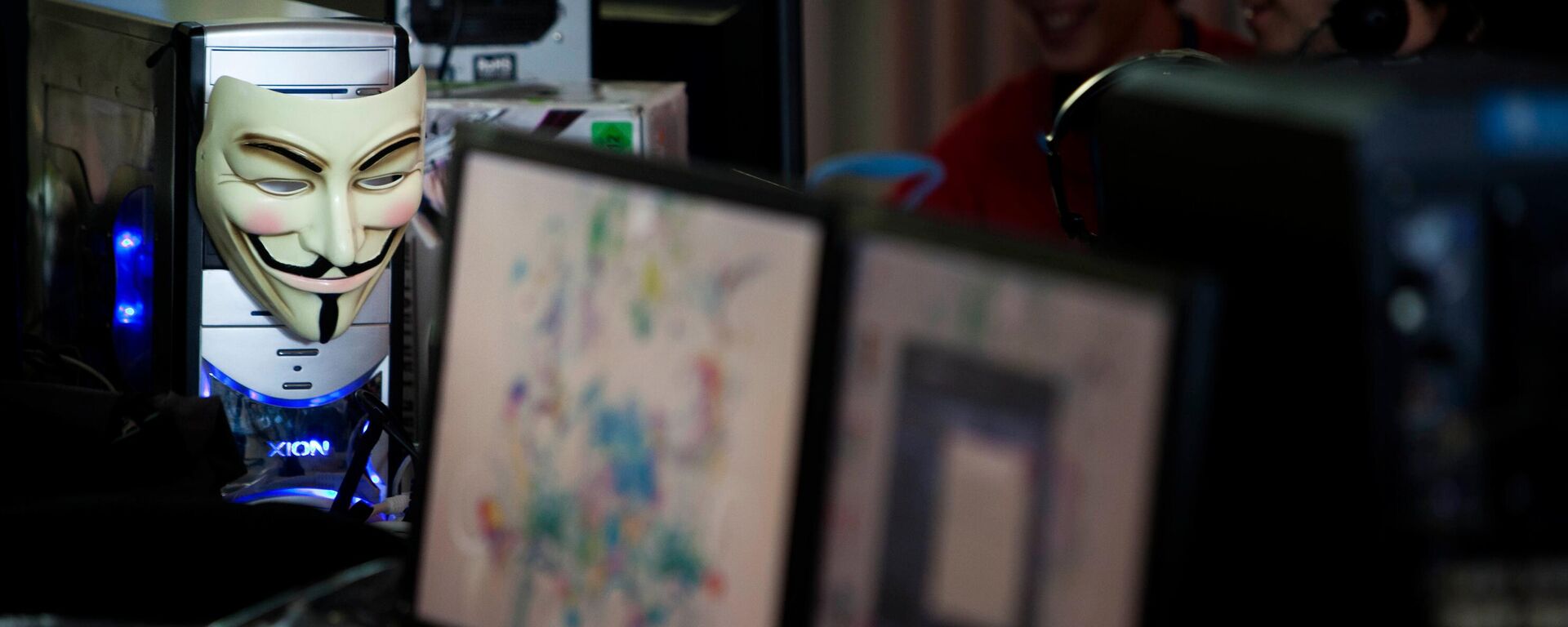https://sputniknews.in/20231120/unveiling-dark-side-of-ai-can-humans-and-robots-be-friends--5498375.html
Unveiling Dark Side of AI: Why Deepfakes Are a New Pandemic?
Unveiling Dark Side of AI: Why Deepfakes Are a New Pandemic?
Sputnik India
India has witnessed a surge in the prevalence of deepfake videos featuring celebrities and politicians. Sputnik India endeavors to assess whether society is equipped to handle this situation.
2023-11-20T19:02+0530
2023-11-20T19:02+0530
2023-11-21T11:26+0530
narendra modi
india
madhya pradesh
google
bharatiya janata party (bjp)
deepfake
ai chatbots
ai robots
artificial intelligence (ai)
https://cdn1.img.sputniknews.in/img/07e7/0b/14/5502184_3:0:1454:816_1920x0_80_0_0_8f74b5318b7abf1e821a399559fc9e05.png
As Artificial intelligence (AI) flourishes, it brings benefits and challenges problems concerning individuals and society.There has been a recent surge of deepfake videos circulating on social media, featuring manipulated faces of actors. This has ignited worry about the potential misuse of AI technology, prompting people to demand legal measures against such videos.Sputnik India spoke with cybercrime consultant Ritesh Bhatia who's been working in cybersecurity field for past twenty years. The expert explained why deepfake videos and audio are a new pandemic.Deepfakes Became Easy Tool for HackersBhatia said that photos and videos shared by social media users became easy tool for hackers to misuse the data available on social media.Deepfakes were born in 2017 when a Reddit user posted doctored porn clips on the site, in which the face of celebrities – Gal Gadot, Taylor Swift, Scarlett Johansson and others – were added to porn performers. However, it came into limelight recently in India when photos and videos of celebrities were publicly shared on social media.Artificial Intelligence (AI) is excellent, but the darker side of it is already out of the bottle, Bhatia said.Will Regulating Technology Help?The cybercrime expert said that a single watermark can differentiate between real and AI-generated video, which is also important.How AI Impacts Election?Currently, election in five Indian states is being held, and many parties in these states have complained to the election commission about their deep fake videos and audio being shared on social media.Later, after these incidents, political parties held press conferences and posted on social media that the alleged audio of the video file was doctored, Raja shared.Who to Trust - Humans or AI?Bhatia warned, that people should not trust whatever they see on social media, especially during elections.The cybersecurity expert said this is a digital pandemic and awareness needs to be created soon, otherwise ordinary people will be blasted with fake videos.
https://sputniknews.in/20231111/deepfakes-new-weapon-to-extort-blackmail--harass-women-5334319.html
india
madhya pradesh
Sputnik India
feedback.hindi@sputniknews.com
+74956456601
MIA „Rossiya Segodnya“
2023
Deexa Khanduri
https://cdn1.img.sputniknews.in/img/07e6/0c/13/138923_52:0:533:481_100x100_80_0_0_cadf23d341691fc65ff2b22fd1afe584.jpg
Deexa Khanduri
https://cdn1.img.sputniknews.in/img/07e6/0c/13/138923_52:0:533:481_100x100_80_0_0_cadf23d341691fc65ff2b22fd1afe584.jpg
News
en_IN
Sputnik India
feedback.hindi@sputniknews.com
+74956456601
MIA „Rossiya Segodnya“
Sputnik India
feedback.hindi@sputniknews.com
+74956456601
MIA „Rossiya Segodnya“
Deexa Khanduri
https://cdn1.img.sputniknews.in/img/07e6/0c/13/138923_52:0:533:481_100x100_80_0_0_cadf23d341691fc65ff2b22fd1afe584.jpg
actor rashmika mandanna, trending on social media, deepfake video, british-indian influencer, deepfake incident, bollywood movie, tiger 3, what is deep fake, katrina kaif, misuse of artificial intelligence, deepfake, deepfake weapon, extort, harass, blackmail, singer chinmayi sripaada, deepfake technology, threat to women, harassment, extortion, blackmailing, obscene photos, pornography, celebrity pornography, celebrity porn, spreading fake news, manipulate public opinion, venkatesh murthy k, senior director at data security council of india (dsci), fraudulent loan apps, cyber crime consultant, information security professional, mukesh chaudhary, founder and ceo of cyberops infosec, politicians, objectionable comments, former congress president sonia gandhi, convert india into a christian nation, book ‘how to convert india into a christian nation’, bible, jesus christ, legal action, union minister rajeev chandrasekhar, legal frameworks, technological advancements, awareness, cyber crime, cyber war, cyber security, as indian actress' deepfake video goes viral, minister, celebs call for legal action
actor rashmika mandanna, trending on social media, deepfake video, british-indian influencer, deepfake incident, bollywood movie, tiger 3, what is deep fake, katrina kaif, misuse of artificial intelligence, deepfake, deepfake weapon, extort, harass, blackmail, singer chinmayi sripaada, deepfake technology, threat to women, harassment, extortion, blackmailing, obscene photos, pornography, celebrity pornography, celebrity porn, spreading fake news, manipulate public opinion, venkatesh murthy k, senior director at data security council of india (dsci), fraudulent loan apps, cyber crime consultant, information security professional, mukesh chaudhary, founder and ceo of cyberops infosec, politicians, objectionable comments, former congress president sonia gandhi, convert india into a christian nation, book ‘how to convert india into a christian nation’, bible, jesus christ, legal action, union minister rajeev chandrasekhar, legal frameworks, technological advancements, awareness, cyber crime, cyber war, cyber security, as indian actress' deepfake video goes viral, minister, celebs call for legal action
Unveiling Dark Side of AI: Why Deepfakes Are a New Pandemic?
19:02 20.11.2023 (Updated: 11:26 21.11.2023) Deexa Khanduri
Sputnik correspondent
India has witnessed a surge in the prevalence of deepfake videos featuring celebrities and politicians. Sputnik India endeavors to assess whether society is equipped to handle this situation.
As Artificial intelligence (AI) flourishes, it brings benefits and challenges problems concerning individuals and society.
There has been a recent surge of deepfake videos circulating on social media, featuring manipulated faces of actors. This has ignited worry about the potential misuse of AI technology, prompting people to demand
legal measures against such videos.
Artificial Intelligence (AI), initially developed to assist humans and automate monotonous tasks, is now causing distress and harassing individuals.
Sputnik India spoke with cybercrime consultant Ritesh Bhatia who's been working in cybersecurity field for past twenty years. The expert explained why deepfake videos and audio are a new pandemic.
Deepfakes Became Easy Tool for Hackers
“Artificial Intelligence (AI) has been going on for many years and every technology has good and bad things to it. The misuse of technology began in 2020," Ritesh Bhatia, a cybercrime investigator and TEDx speaker told Sputnik India.
Bhatia said that photos and videos shared by social media users became easy tool for hackers to misuse the data available on social media.
Deepfakes were born in 2017 when a Reddit user posted doctored porn clips on the site, in which the face of celebrities – Gal Gadot, Taylor Swift, Scarlett Johansson and others – were added to porn performers. However, it came into limelight recently in India when photos and videos of celebrities were publicly shared on social media.
“It takes five seconds to make a deepfake video. You simply feed encoded images into the “wrong” decoder to perform the face swap. For example, a compressed image of person A’s face is fed into the decoder trained on person B. The decoder then reconstructs the face of person B with the expressions and orientation of face A. For a convincing video, this has to be done on every frame,” Bhatia explained.
Artificial Intelligence (AI) is excellent, but the darker side of it is already out of the bottle, Bhatia said.
Will Regulating Technology Help?
“You can’t regulate the technology. Stopping a technology to grow is not a step ahead. But, all the videos and audio generated through AI should have water mark. All social media platform, while uploading the video or photo can put a warning like watch at your discretion or this post could be fake. People need to be warned,” Bhatia said.
The cybercrime expert said that a single watermark can differentiate between real and AI-generated video, which is also important.
“We need to ensure that deepfake is not used as excuse. Otherwise, there will be battle between AI and humans. Whom do you trust?”
Currently, election in five Indian states is being held, and many parties in these states have complained to the election commission about their deep fake videos and audio being shared on social media.
“In
Madhya Pradesh, both
BJP and Congress have registered more than two dozens compaints of their doctored videos. Similarly, in one of the
fake videos of state chief Shivraj Singh Chouhan is shown telling ministers and bureaucrats that people are not happy with his party,”
a senior journalist Ramesh Raja told Sputnik India.Later, after these incidents, political parties held press conferences and posted on social media that the alleged audio of the video file was doctored, Raja shared.
Who to Trust - Humans or AI?
Bhatia warned, that people should not trust whatever they see on social media, especially during elections.
“I have a simple approach towards the situation—POV, which meant that pause after seeing a video (P), zero trust (O) and then try to verify the video or audio (V),” Bhatia stressed.
The cybersecurity expert said this is a digital pandemic and awareness needs to be created soon, otherwise ordinary people will be blasted with
fake videos.



